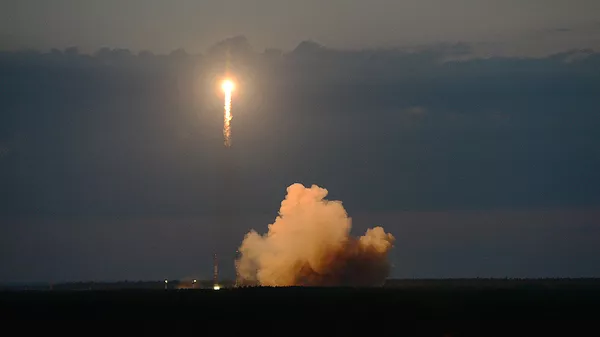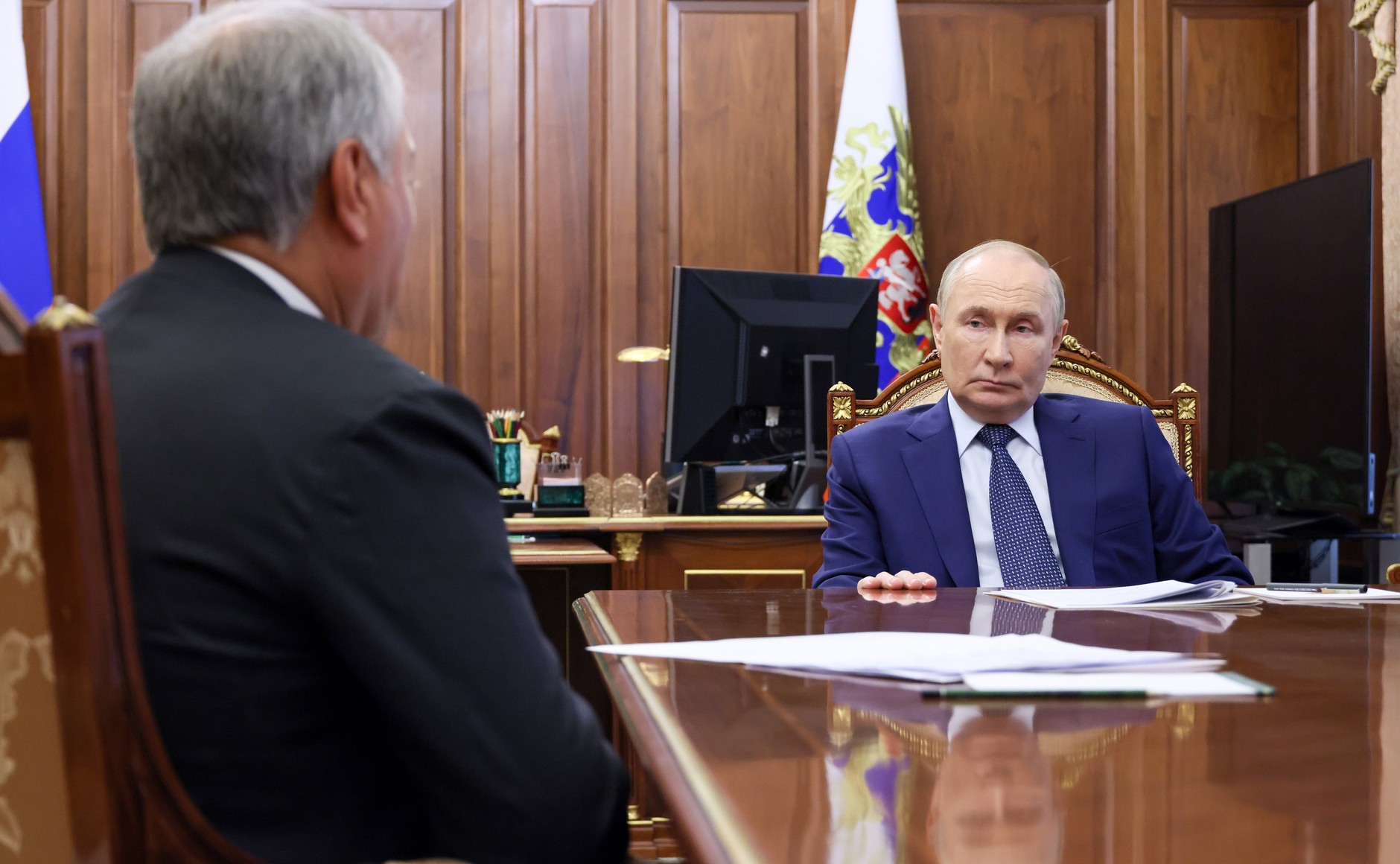
Russia’s Military Space Program: 2022 Results
Russia’s Military Space Program: 2022 Results
During 2022, Russia launched 14 military satellites: three navigation satellites, two GLONASS-K1 satellites and the last GLONASS-M satellite; two electronic Lotos-S1 intelligence satellites; three inspector satellites, Cosmos-2558, launched in August, and both Cosmos-2561 and Cosmos-2562 launched in October; four reconnaissance satellites, the Neitron radar-imaging satellite, Bars-M cartography satellite and two EO-MKA (also known as EMKA) optical-imaging satellites (both were lost only several weeks after entering orbit in April and October, respectively); one Meridian-M communication satellite; and one Tundra early-warning satellite (Russianspaceweb.com, December 14).
With these, in total, the number of active Russian military satellites stands at 108, as of December 2022. These include 25 GLONASS navigation satellites, 48 communication satellites, eight electronic intelligence satellites (including six Lotos-S1), five optical-imaging satellites (including three Bars-M cartography satellites), two radar-imaging satellites, six early-warning satellites, five inspector/space observation satellites, two geodetic satellites and five technology development satellites.
The frequency of launches this year was higher than past years, which partly compensated for delays in GLONASS and Bars-M projects, among others. At the moment, Russia maintains its space communication assets but struggles with degradation of space navigation systems and still faces a decades-long lack in space reconnaissance, which it partially tries to fill by increasing electronic intelligence capabilities. Nevertheless, Moscow continues to invest its limited sources into relatively useless inspector satellites that do not enhance its military capabilities but serve as symbolic for maintaining Russia’s role as a great-power rival of the United States.
To this end, Russia has tried to maintain its space spending at a stable level. For 2023, 2024 and 2025, Moscow’s total planned funding for its space programs stands at 257.4 billion rubles ($3.97 billion), 254.5 billion rubles ($3.93 billion) and 253.8 billion rubles ($3.92 billion), respectively (Sozd.duma.gov.ru, September 28), which are comparable to the 250.6 billion rubles ($3.88 billion) and 264.2 billion rubles ($4.08 billion) spent in 2021 and 2022, respectively (Sozd.duma.gov.ru, September 30, 2021). The annual share for GLONASS here is about 25 billion rubles ($387 million) in 2023–2024 and 28 billion rubles ($433 million) in 2025, as compared to 25 billion rubles ($387 million) and 27 billion rubles ($418 million) spent in 2021 and 2022, respectively. And the annual share of other military space projects for 2022 is estimated at upwards of 70 billion rubles, or just over $1 billion, similar to recent years. Ultimately, this conservative financial approach does not allow Russia to achieve any significant improvement in its military space activity, especially in the face of an urgent need to spread more money among more ambitious projects.
In July and October 2022, Russia sent into orbit the fourth and fifth navigation satellites of the next-generation GLONASS-K1. The first three GLONASS-K1s were launched in 2011, 2014 and 2020, respectively, with the first no longer operational. Moreover, the GLONASS-K1 launched in July 2022 may already be suffering from some technical issues because it is still in its flight-test phase. This contrasts sharply with the GLONASS-K1 and GLONASS-M satellites that were sent into orbit in October and November, respectively, which, as of December 2022, are already in the commissioning phase (Glonass-iac.ru, December 14).
The original plan presumed launching nine GLONASS-K1 navigation satellites by 2020, with the gradual transition to GLONASS-K2 satellites taking place from 2018 to 2020 (RIA Novosti, March 1, 2016; VPK-News, March 30, 2016). But the plan for launching nine GLONASS-K1 satellites was postponed for 2020–2022 but has still not been realized, as only one has been deployed (RIA Novosti, April 5, 2020). In 2021, eight GLONASS-K1 and four GLONASS-K2 satellites were at different stages of production, with the plan to contract 11 more GLONASS-K2s (Sibirskiy Sputnik, December 14, 2021).
Therefore, after the launches of two more GLONASS-K1 satellites in 2022, now, six navigation satellites of this type are planned for launch by 2024. Additionally, up to 15 GLONASS-K2 satellites are planned to be sent into orbit by 2030 (Vestnik-glonass.ru, April 18, 27). Even though such uncertainty and contradictions in planning seem strange, it means that Russia must launch three navigation satellites annually between 2023 and 2030 to meet proclaimed goals. However, the forecast made by high-level managers of the GLONASS project, which was published on the eve of Russia’s re-invasion of Ukraine, testified that the rate of deployment will not exceed two navigation satellites annually for the current decade (Glonass-iac.ru, January 20). For comparison, Russia decommissioned three navigation satellites during 2022. Moreover, current financial planning will not improve prospects, considering that the average annual spending on GLONASS was 28 billion rubles ($1.08 billion) in 2011–2020 and the cost of each GLONASS-M satellite was at least three-times lower than the cost of each GLONASS-K1/K2 satellite.
Consequently, the further degradation of the Russian space navigation system is almost inevitable and depends only on the robustness of the deployed navigation satellites, 13 of which, all GLONASS-M satellites, have expired warranties.
Russia has not yet filled the decades-long lack of high-resolution optical- and radar-imaging space systems. As of December 2022, the Russian Armed Forces launched two high-resolution optical-imaging satellites, Persona-2 and Persona-3, in 2013 and 2015, respectively, and two radar-imaging satellites, Kondor and Neitron, in 2013 and 2022, respectively. A Pion-NKS satellite with synthetic aperture radar was also sent into orbit, for the purposes of naval radar and electronic intelligence. Together with Lotos-S1 satellites, the Pion-NKS belongs to the naval electronic intelligence system Liana. Around that same time, in 2021–2022, three attempts to launch small high-resolution optical-imaging EO-MKA satellites failed (Iki.cosmos.ru, November 14).
In years past, the Russian military could rely on the civilian high-resolution optical-imaging Resurs-P satellites, but all three satellites launched between 2013 and 2016 were decommissioned by 2022. In 2023, Russia plans to deploy several civil satellites, which may be used by the Russian Armed Forces for reconnaissance purposes: one Resurs-P satellite and two radar-imaging satellites, the advanced Obzor-R and Kondor-FKA, which is based on the exported version of the Kondor satellite. In 2024–2025, Russia plans to launch a Resurs-P, two Resurs-PMs and one more Kondor-FKA (Iki.cosmos.ru, November 14). Considering that Russia may rely on storage of imported space-grade electronics purchased before 2022 moving forward, these plans look rather realistic. However, massive delays for some of these projects are highly probable.
As a result, little evidence supports the notion that Russian military space policy is being revised. Moscow’s limited resources are spread too thin among too many projects. In truth, the inertia of planning and lack of critical technologies and components combined with an inability to rely effectively on the civilian and commercial space sectors for military purposes limit the Kremlin’s options for ramping up its space programs in the near future.


